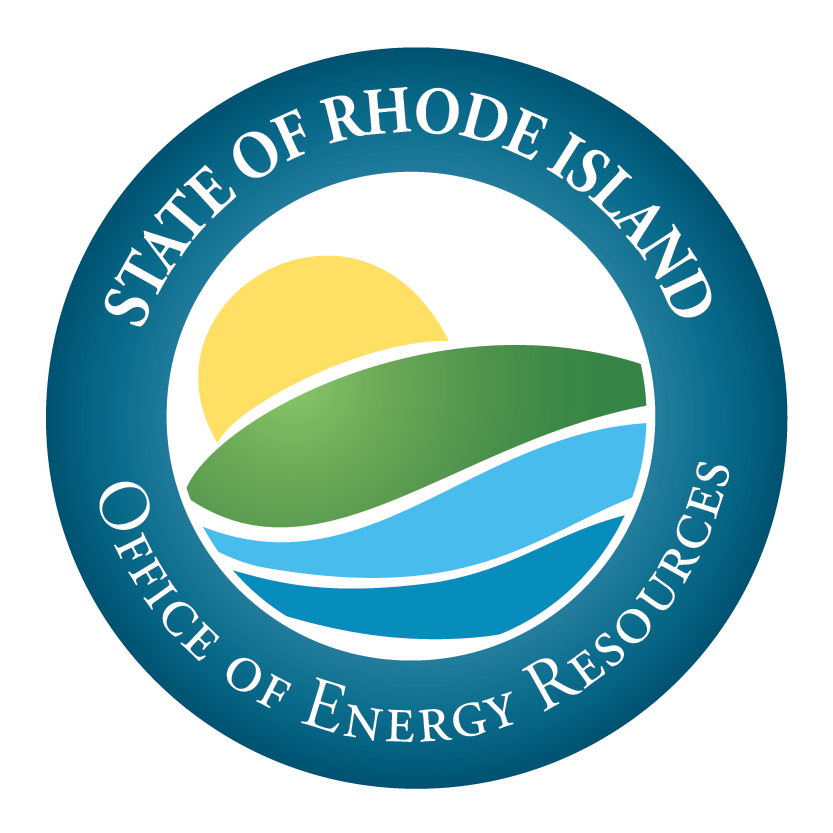Rhode Island State Police installs LEDs and Heat Pumps with help from OER
The Rhode Island State Police, in collaboration with the Rhode Island Office of Energy Resources, have implemented energy efficiency upgrades to multiple State Police facilities.
In May 2023, the State Police received a Lead by Example Clean Energy Award due to their significant reduction in energy use and carbon emissions. This project focused on converting the Rhode Island State Police Public Safety complex to LED lights with intergraded controls, making the facility 100 percent LED and saving the state over $45,000 per year in energy costs.
The police upgraded the HVAC systems at the training academy barracks located in Foster. The building, built in 1955, is a single-story structure that spans 7,732 square feet and until now has largely remained unchanged.
Historically, this facility relied on an oil heating system. Replacing the system with a state-of-the-art heat pump ensures greater efficiency and also significantly reduces their carbon footprint, along with increasing comfort within the training barracks. These facilities are primarily a training hub for state police recruits and provide sleeping quarters, classrooms, and various amenities.
“Overall, the energy efficiency project has resulted in a more efficiency, comfortable, safer and sustainable facility,” said Captain Ron Longolucco, Division Administrative Officer for Rhode Island State Police. “The main benefits of the HVAC system upgrade include Improved efficiency, better ability to meet the buildings thermal needs by having the flexibility to control the heating and cooling to different areas as needed which enhance the indoor air quality and occupancy comfort.”
An important step in installing a new heat pump is also ensuring air tightness and improving the weatherization of the building. To enhance the thermal performance of the building, the police installed new windows and bolstered the attic insulation. This project's energy savings are estimated to result in nearly 100 tons of avoided carbon emission per year, taking another substantial step towards helping the state achieve the goals outlined in the 2021 Act on Climate.

